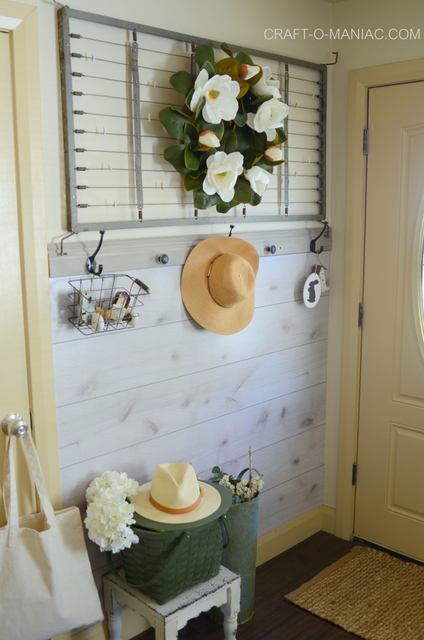The Importance of Creativity While Decorating Your Home
A lot can be said about an individual when it comes to the interior design of their home, particularly their creativity and behavior; many individuals bring out the cultural heritage and traditional motives in the way they design their house.
Interior designing has to do with anything that is visually pleasing while being practical and realistic. The process of creative interior design to any home occurs by means of methods that encourage the emergence of innovation and creativity.
The Importance of Creativity While Decorating Your Home
The importance of creativity in one’s home could also translate into not being afraid to try new things and boost the imagination. Be prepared to make changes, to fine-tune, to add specifics, and to work for the place that defines completion. For example, be like an artist in front of the canvas knowing when to stop.
Creativity can become over-worked. It also can be undermined by going too far beyond what is complete. This does not necessarily apply to a sloppy or busy design. Each one is applicable depending on the interpretation and eye of the viewer, it may all constitute a successful design.
The clutter of one person is the complex design of another person. Simple additions like barn doors are a sign of creativity, but knowing you have to find box track barn door hardware will have you deciding on the best type of hardware.
Interior design requires technical and material processes and the ideals of art and design. Visual aesthetic psychology is designed to construct a realistic, functional, and attractive interior design. Individualized indoor settings can provide the host with a quality of life.
Trying New Trends Doesn’t Have to Be Intimidating
Dissatisfaction with the final product is a major concern of homeowners. You’re getting ready to invest your small fortune in remodeling or interior design and you’re not sure whether you’re going to love it when you’ve invested time and money designing a new room.
First of all, let’s find out why taking your living room from imaginary to real is so overwhelming. The root of almost all decorative paralysis can be summed up in one word: fear.
This branches out into a number of various subspecies: the fear of doing things wrong, the concern of showing bad taste, the fears of wasting too much money, the worry that your floor will fall to pieces under the weight of new furniture and engulf you like an insect in a Venus flytrap.
But fear is yet another excuse not to start something you really want to do or know needs to be done. If you have cold feet when you want to undertake a home renovation project, beginners can significantly minimize their financial risk—and their paralyzing effects—by preferring costly design items, such as large furniture and flooring, traditional styles, and all sorts of colors. Boring? Maybe by themselves.
But they’re going to combine with style improvements from minimalist to wild and crazy—changes you can create using comparatively inexpensive things like wallpaper or paint or pillows.
Right now, think about one thing, one little thing, you might do to improve the room that you currently justify and moan about. Imitate the graphics of an artist you respect or imitate techniques such as the Seven-Layer system. If you invest your resources, keep your risks to a minimum.
Start Small
Ready to take the next step? You’ve pinned the color of the wall you want, so you’re afraid to use it. Try using a piece of art that you enjoy, little decorations, or accent pillows in this particular hue. These are all small ways to add color to life without creating a radical transition or breaking the budget.
Keep these color accents in the room for a couple of days to help ease the visual transformation. Also, note the color paints and try them.
If you don’t like it after a couple of days, paint it! When you’re all set to accessorize, choose certain things that you enjoy and are significant to you, such as artifacts, children’s art, family heirlooms, or travel items. Use what you enjoy and what inspires you.
Ask for Help
It’s more than okay to ask a friend or family member, whose decoration design you respect, for their opinion about your house.
Describe how you need it to work, and some of your own ideas on furniture or wall decor. Take their ideas into account and tweak them—make them your own. You still want to make sure the atmosphere is YOU by the time you’re finished. There’s no shame in asking for a little support to get you moving on the right foot!
